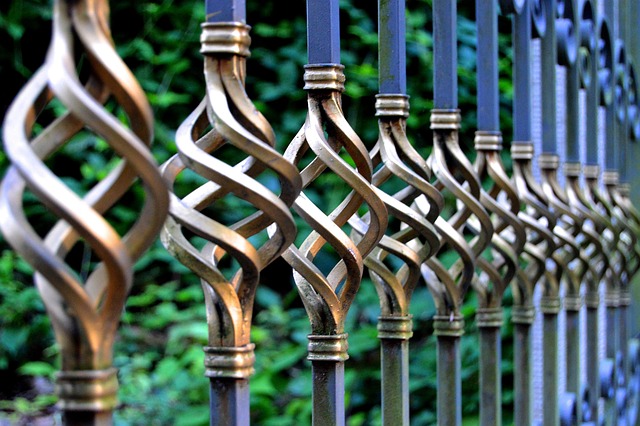Coastal areas present unique challenges when it comes to fencing due to harsh weather conditions, salt air, and moisture. Durable wooden fencing offers an attractive and functional solution for these regions. This article explores the various aspects of selecting and maintaining robust wood fence options, providing a guide to help homeowners make informed choices that can withstand the coastal environment, enhancing both aesthetic appeal and longevity.
- Understanding Coastal Fencing Challenges
- Benefits of Durable Wooden Fencing
- Choosing the Right Wood Species
- Installation and Maintenance Tips
Understanding Coastal Fencing Challenges
Coastal areas present unique challenges when it comes to fencing due to their harsh, often extreme, environments. Saltwater corrosion, strong winds, and frequent storms can significantly impact traditional fencing materials. Wooden fences, in particular, must withstand these elements to ensure longevity and maintain their structural integrity. The primary challenge is preventing moisture penetration, as it accelerates wood decay and deterioration.
Additionally, coastal areas often have strict environmental regulations regarding material use and disposal, especially for sustainable development practices. Durable wooden fencing solutions need to balance strength, aesthetics, and eco-friendliness, ensuring they can withstand the elements while minimizing their ecological footprint.
Benefits of Durable Wooden Fencing
Durable wooden fencing offers an array of benefits for coastal areas. Firstly, it provides a natural and aesthetically pleasing barrier, enhancing the landscape without compromising on visual appeal. Wooden fences seamlessly blend with the surrounding environment, creating a harmonious look that is often sought after in coastal properties.
Additionally, durable wood has excellent resistance to harsh weather conditions, including salty sea air and frequent rainfall. This makes it an ideal choice for coastal regions, as it can withstand extreme conditions better than many other materials. Furthermore, wooden fencing can be customized to fit various designs and styles, allowing homeowners to add a unique touch to their properties while ensuring longevity and strength.
Choosing the Right Wood Species
When selecting wood for coastal fencing, choosing the right species is paramount. Woods like cedar and redwood are popular choices due to their natural resistance to rot and insects, making them ideal for harsh marine environments. These species have high oil and resin content, which acts as a barrier against moisture and salt spray.
Additionally, exotic woods such as Ipe and Teak offer exceptional durability and beauty. They may be more expensive but provide long-lasting protection against coastal elements. Consider the climate, local conditions, and your budget when making this decision to ensure the longevity of your fencing.
Installation and Maintenance Tips
When installing durable wooden fencing in coastal areas, it’s crucial to ensure proper drainage to prevent water damage. Dig deep postholes and install a permeable membrane to allow excess moisture to escape. Use concrete to securely set posts in place, and consider pre-treating wood with a water-repellent to enhance its resistance against salt air and moisture. Regular cleaning with a mild detergent and soft brush will help maintain the fence’s aesthetic appeal.
For maintenance, inspect the fencing regularly for any signs of rot or damage, especially at the bottom where moisture accumulation is more likely. Re-tighten hinges and hardware as needed, and re-paint or re-stain the wood to preserve its finish and color. Keep a close eye on areas exposed to direct sunlight or harsh weather conditions, as these can accelerate wood deterioration.
